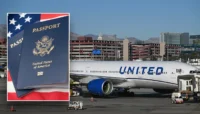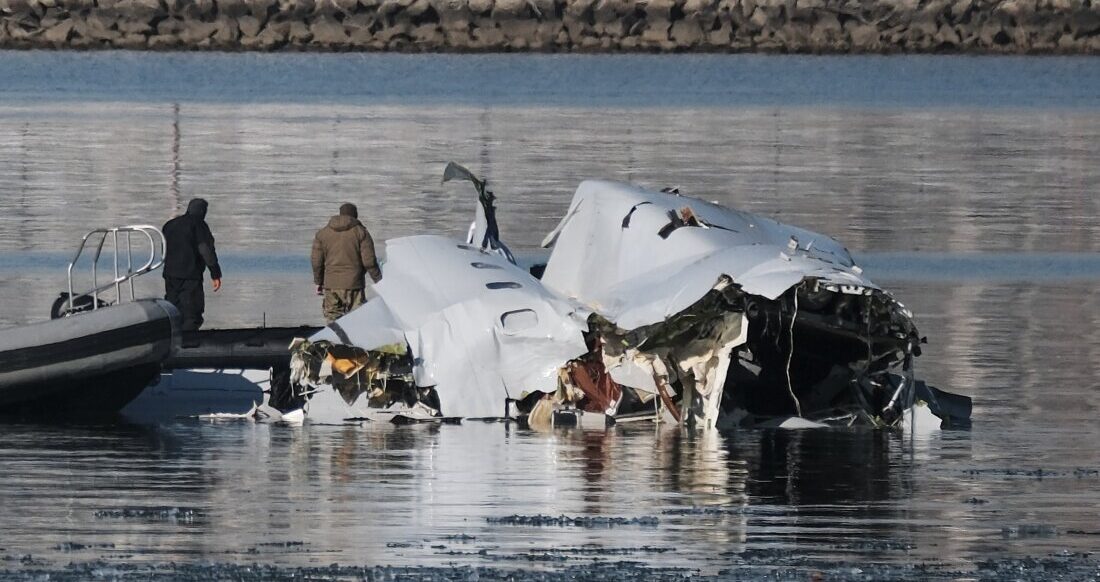The aviation world was shaken this week by a tragic accident involving an American Airlines aircraft, raising serious concerns about flight safety and operational protocols. As investigations continue, let’s take a closer look at what happened and what it means for the industry.
The Incident: What We Know So Far
On January 29, 2025, an American Airlines aircraft experienced a major structural failure mid-flight, forcing an emergency landing shortly after takeoff. The flight, which had just departed from Portland International Airport (PDX), was en route to Phoenix (PHX) when passengers and crew heard a loud bang, followed by rapid decompression.
Eyewitness accounts describe a section of the fuselage near the rear of the aircraft tearing away, exposing passengers to the outside elements. The pilots, demonstrating remarkable skill and composure, declared an emergency and executed a safe landing back at PDX. Miraculously, no serious injuries were reported, but the event left passengers in shock and authorities scrambling for answers.
The Immediate Response
Emergency services were on high alert as the aircraft returned to Portland. Passengers were swiftly evacuated, and medical teams assessed everyone onboard. The National Transportation Safety Board (NTSB) and the Federal Aviation Administration (FAA) immediately launched an investigation, sending teams to inspect the damaged aircraft and gather flight data.
American Airlines issued a statement expressing relief that all passengers and crew were safe, while also pledging full cooperation with investigators. The airline temporarily grounded similar aircraft in its fleet to conduct precautionary inspections, an action reminiscent of past incidents involving structural issues in commercial jets.
Possible Causes: A Structural Failure?
Early theories suggest that the incident may be linked to metal fatigue or a manufacturing defect. This is not the first time structural failures have made headlines—similar issues were seen in older aircraft, such as the infamous Aloha Airlines Flight 243 in 1988. However, modern aircraft undergo rigorous maintenance and inspections, making such failures rare.
Boeing and American Airlines engineers are currently examining maintenance records and manufacturing logs to determine if this was an isolated incident or part of a larger issue affecting similar aircraft.
The Bigger Picture: Airline Safety Under Scrutiny
This incident comes at a time when public confidence in airline safety is being tested. With increasing air traffic and aging fleets, regulators face mounting pressure to enforce stricter safety measures. Passengers, too, are questioning the integrity of aircraft maintenance programs and the reliability of airlines to prioritize safety over operational efficiency.
While commercial aviation remains the safest mode of transportation, events like this serve as reminders that constant vigilance and investment in maintenance and innovation are crucial.
What’s Next?
The NTSB’s investigation will provide answers in the coming weeks, shedding light on the root cause of the structural failure. In the meantime, American Airlines passengers may experience delays as the airline ensures its fleet is in top condition.
For the aviation industry, this is another lesson in the importance of proactive safety measures and transparency with the flying public.
Stay tuned for updates as we follow this developing story. Safe travels!








